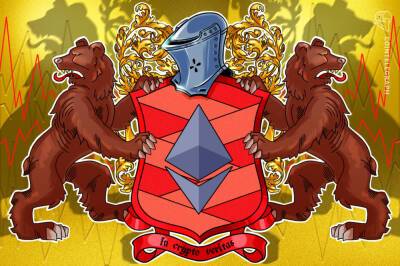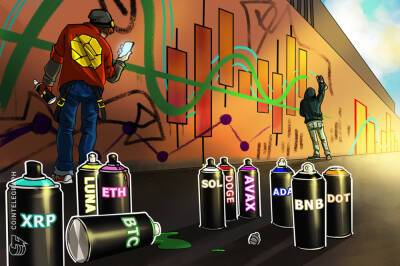What are reserve assets; can bitcoin become one?
Reserve assets can be currencies or any other assets, such as gold or silver that can be used for international payments, investments, and other aspects of the global economy.Currently, one of the most common reserve currencies is the US Dollar. As per the International Monetary Fund (IMF), roughly 59 percent of all foreign bank reserves are currently held in US Dollar.However, last week, Credit Suisse – the Swiss global investment bank – released a report predicting an imminent and radical change to the world’s monetary system.
It stated that, given the soaring inflation in the west and geopolitical tension in the east (the Ukraine-Russia war), a “new monetary order” could emerge, in which Bitcoin could be an unlikely beneficiary.Also Read| ED investigating 7 cases of cryptocurrency usage in money laundering, attaches Rs 135 crOne of the main contributors to the report was former Federal Reserve and US Treasury Department official Zoltan Pozsar, now the short-term rate strategist for Credit Suisse (CS). In his note, Zoltan wrote, "This crisis is not like anything we have seen since President He concluded his note with a comment on Bitcoin, which he believes will benefit “if it still exists" at the end of the crisis, hinting at the possibility of Bitcoin becoming the next global reserve.How do reserve assets work and their history:Reserve assets are commodities, currencies, or other capital held by institutions and countries as a hedge against global market fluctuations caused by external factors.
They play an essential role as a cash reserve in the balance sheets of many entities. They are meant to be an independent store of value that is not affected by market volatility.Also Read | This CEO of a crypto trading
. Read more on cnbctv18.com





![Harmony [ONE]: With the value area lows breached, will the buying pressure continue - ambcrypto.com](https://gocryptonft.com/storage/thumbs_400/img/2022/4/8/33599_30u7p.jpg)
